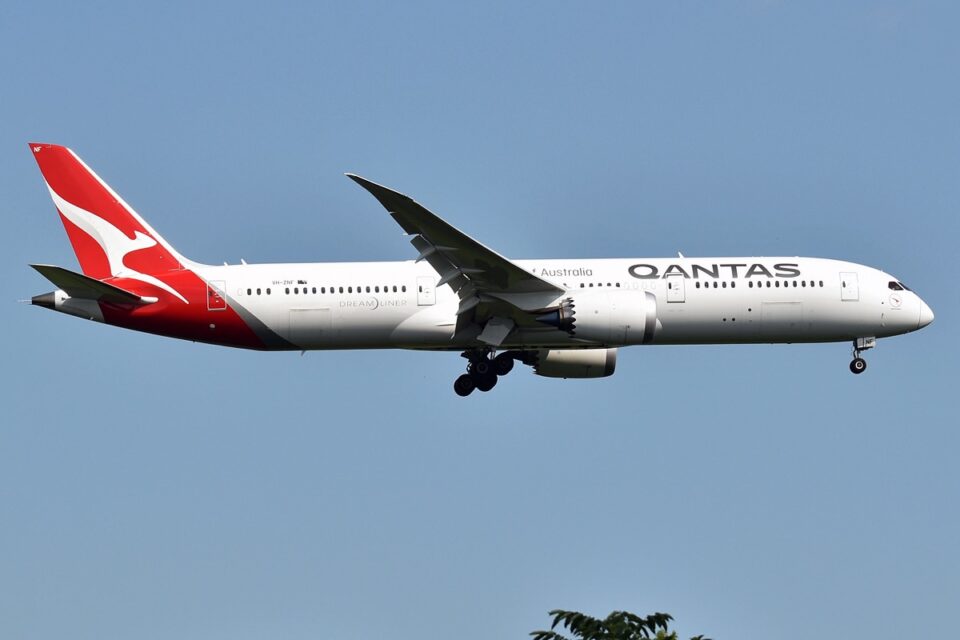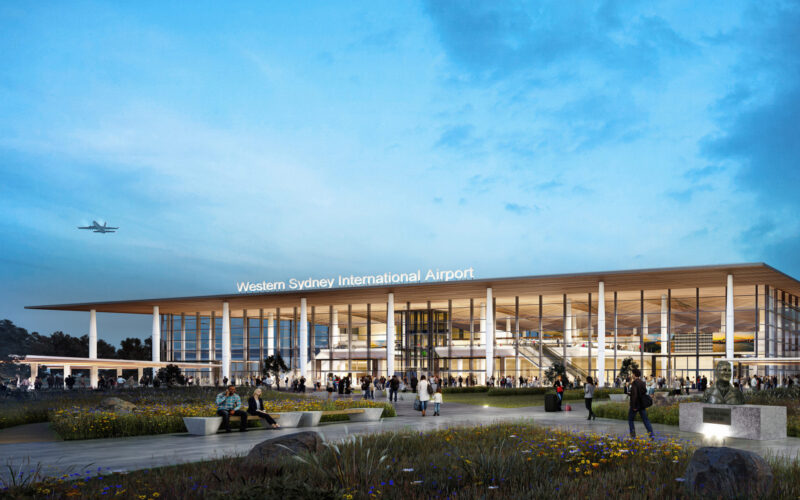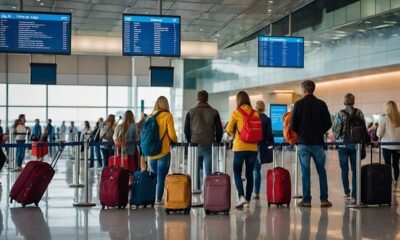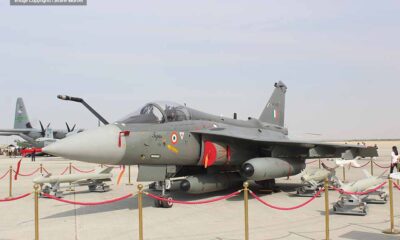Airport
Qantas Introduces new Group Boarding Inspired by US Practices

Qantas, Australia’s iconic airline, is revolutionizing the boarding process for domestic flights across four major airports in the country.
Drawing inspiration from successful implementations overseas, the airline is introducing Group Boarding, a streamlined approach aimed at reducing wait times and enhancing the boarding experience for passengers.
This innovative method, already embraced by airlines internationally, marks a significant departure from traditional boarding practices in Australia. Following meticulous trials conducted in key hubs such as Brisbane, Sydney, Melbourne, and Perth, Qantas is confident that Group Boarding will not only expedite the boarding process but also contribute to on-time departures.
Group Boarding divides passengers into smaller boarding groups, eliminating the need for everyone to queue up simultaneously. Upon receiving their boarding passes, customers will be assigned to one of six distinct boarding groups based on factors such as cabin class, Frequent Flyer status, and seat allocation.
Clear signage and informative announcements at the gate will guide passengers, indicating when each boarding group is scheduled to embark. This proactive communication ensures a seamless boarding experience, with passengers boarding in an organized and efficient manner.
To further enhance convenience, Qantas App users and subscribers to text/email notifications will receive alerts informing them of the Group Boarding protocol for their flight. Additionally, the boarding pass scanner will restrict access until the designated boarding group is called, ensuring compliance with the boarding sequence.
The rollout of Group Boarding commences today at Brisbane Airport, followed by Perth, Melbourne, and Sydney airports in succession. This phased implementation will cover all domestic flights operated by Qantas’ Boeing 737 and Airbus A330 aircraft, heralding a new era of boarding efficiency and passenger satisfaction.

Airport
Western Sydney Airport Welcomes Its First Plane After 6 Years of construction

In a historic milestone for Australia’s aviation sector, the first plane has officially taken off and landed at Western Sydney Airport after six years of construction, much to the delight of a small but enthusiastic group of dedicated planespotters.
A test pilot made the inaugural landing using a Piper PA-30 Twin Comanche, successfully completing a series of take-off and landing runs on the newly built tarmac. This crucial test paves the way for larger passenger aircraft, which are expected to start using the runway in two years.
Virgin Atlantic Introduces Sign Language Crew Booking for Inclusive Flights
The Piper PA-30 was employed to assess the airport’s approximately 3,000 Aeronautical Ground Lights (AGLs) by executing operations in various conditions, including daylight, dusk, and evening. This testing ensures that the lighting system is fit for purpose and ready to welcome aircraft when the airport opens to commercial flights in late 2026.
The pilot also highlighted that the rapid exit taxiways have been designed at a 45-degree angle, allowing for quicker transitions on and off the runway. Once operational, the airport will feature a single runway capable of handling up to 10 million passengers annually right from day one.
Qatar Airways Launches new Flights From Doha To Toronto
As the construction phase nears completion, the airport’s main terminal, apron, and supporting infrastructure will be ready to accommodate around 81,000 flights each year. This milestone marks a significant moment for Western Sydney Airport, the first new airport to open in Australia since Melbourne’s Tullamarine Airport more than two decades ago.
Major airlines, including Qantas and Jetstar, have already committed to operating from the 24/7 facility, signaling strong support for this new hub. By 2033, the airport aims to handle up to 10 million passengers and facilitate extensive air traffic movements annually.
-

 Aviation1 month ago
Aviation1 month agoNew EU Carry-On Rules Begin September 2024: What to Expect
-

 Aviation4 weeks ago
Aviation4 weeks agoBoeing confirms 797: A New Era for Mid-Size Aircraft
-

 Aviation3 weeks ago
Aviation3 weeks agoLockheed and Tata Team Up to Build C-130J MRO Facility in India
-

 Tech1 month ago
Tech1 month agoChina Developing Jet to Travel Anywhere in Two Hours
-

 Aviation2 months ago
Aviation2 months agoMeet WindRunner: The World’s Heaviest and Largest Aircraft Ever Built
-

 Aviation2 months ago
Aviation2 months agoComac C919 Moves Closer to Securing EU Certification with EASA
-

 Aviation1 week ago
Aviation1 week agoMicrosoft Flight Simulator Raises $3 Million to Bring Back the An-225 Mriya
-

 Aviation2 months ago
Aviation2 months agoIs HAL Planning to Fit the Rafale’s M-88 Engine into Tejas?








